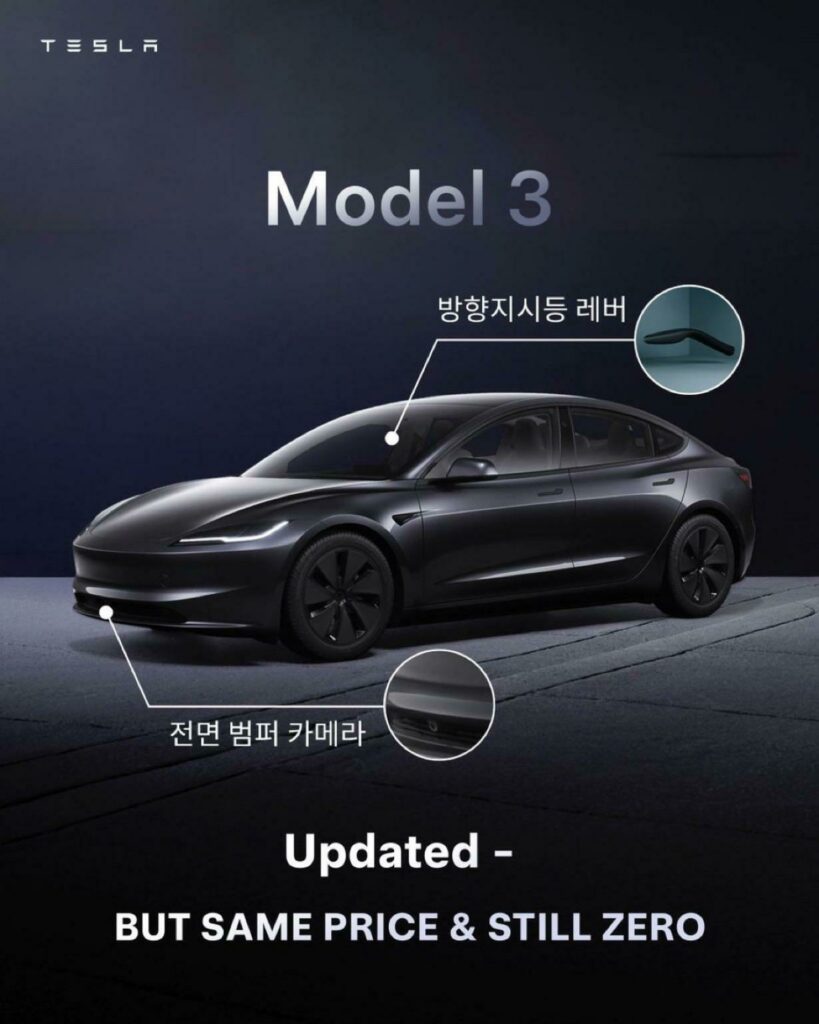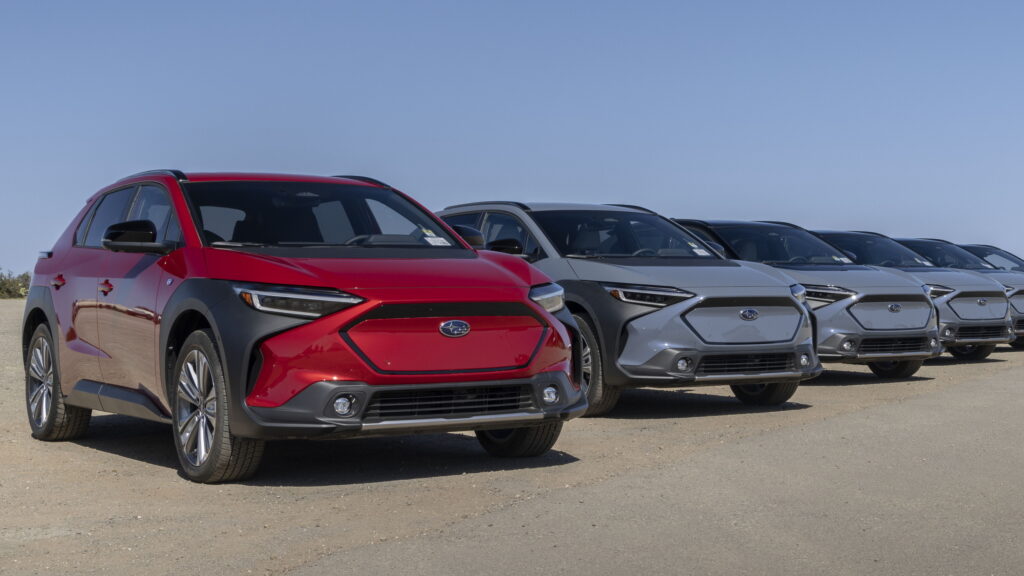Daihatsu Brings Back A Tiny Japanese Legend With An Electric Twist
- Daihatsu teases the Midget X concept, reviving the spirit of the original.
- The compact LCV pairs a three-seat cabin with a flexible cargo configuration.
- It features an electric powertrain and debuts at the Japan Mobility Show.
Daihatsu joins Toyota’s larger showcase at the Japan Mobility Show 2025, taking part in a series of concept car debuts that highlight each brand’s vision for the future. Among them is the Midget X, a fully electric concept designed to bring one of Daihatsu’s classic nameplates into a new era.
More: Daihatsu To Host A Funeral For Its Copen Roadster Before Killing It
The Midget is a pint-sized workhorse with a big personality. Born in 1957 as a tiny three-wheeler for shopkeepers and delivery drivers, it zipped through Japan’s narrow streets with motorcycle-like agility.
The model returned in 1996 as the Midget II, blending nostalgic styling with a can-do spirit. Production ended in 2001, but it seems Daihatsu isn’t quite ready to let the story end there.
A Tiny Classic Recharged
The Midget X concept appeared in a short teaser ahead of its official debut in Tokyo later this month. Now, the model has been reborn as a tiny LCV with an electric powertrain.
Its exterior design nods to the original Midget lineage, featuring round LED headlights and a helicopter-style windshield. It also has semi-exposed wheels with integrated lights and a battery charge indicator on the profile.
Inside, the cabin adopts a central driving position with an unconventional steering wheel flanked by two passenger seats. The concept shown includes a backpack-style storage compartment and an extended rear bed, although more variants could follow. Another cool feature is the rotational handle design for the rear hinged doors.
Daihatsu
Daihatsu hasn’t released technical specifications yet, only noting that “because it’s small, it can fit into a variety of lifestyles,” and that the company “aims to make everyone happy.”
Carrying the Torch
The Midget X stands as the next chapter in Daihatsu’s story, carrying forward the legacy of some of its most influential models. Among them are the original Midget three-wheeler, the fourth-generation Hijet LCV, the first-gen Charade hatchback, the sporty Mira TR-XX, the Copen roadster, the second-gen Tanto kei car, and the Nibako mobility service that transforms LCVs into mobile shops.
More: Toyota Shows Its Vision For Future Corolla Sedan
For now, the Midget X remains a concept. Even so, it wouldn’t be surprising if it eventually transitions into a production model, potentially for both Japan and export markets. More details will follow once the Japan Mobility Show opens its doors, and we’ll update this story as soon as new information becomes available











